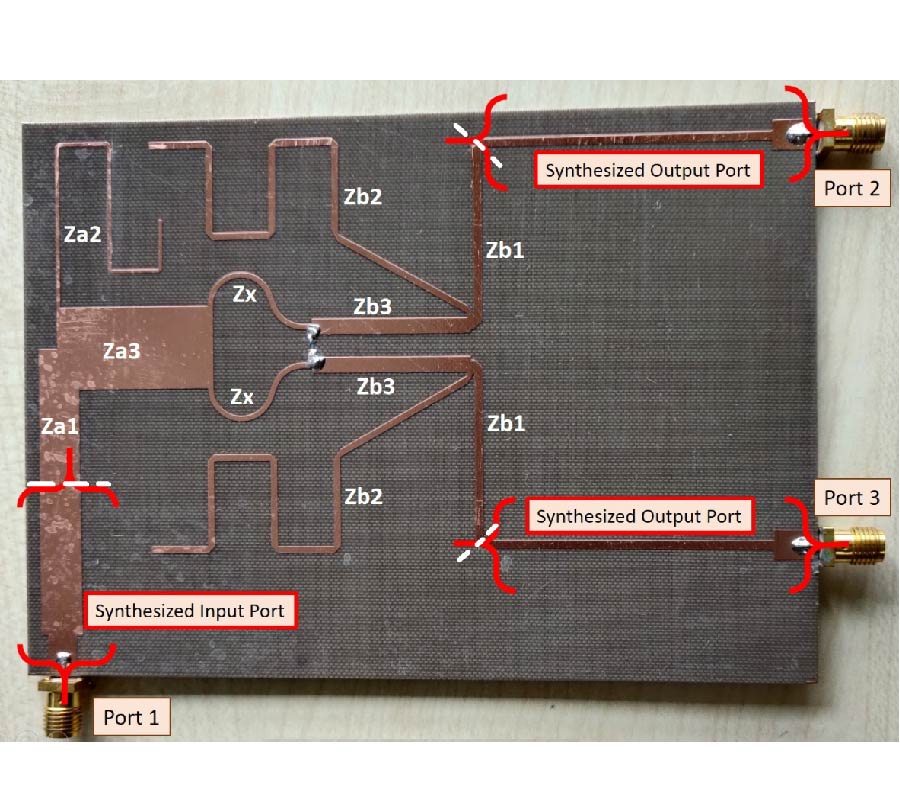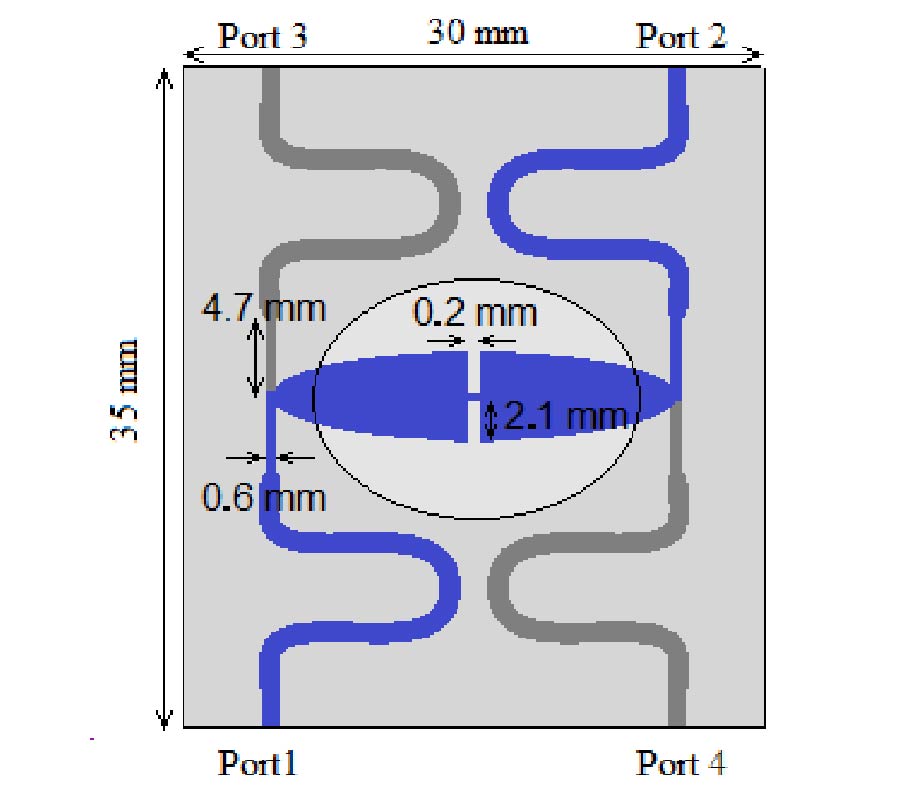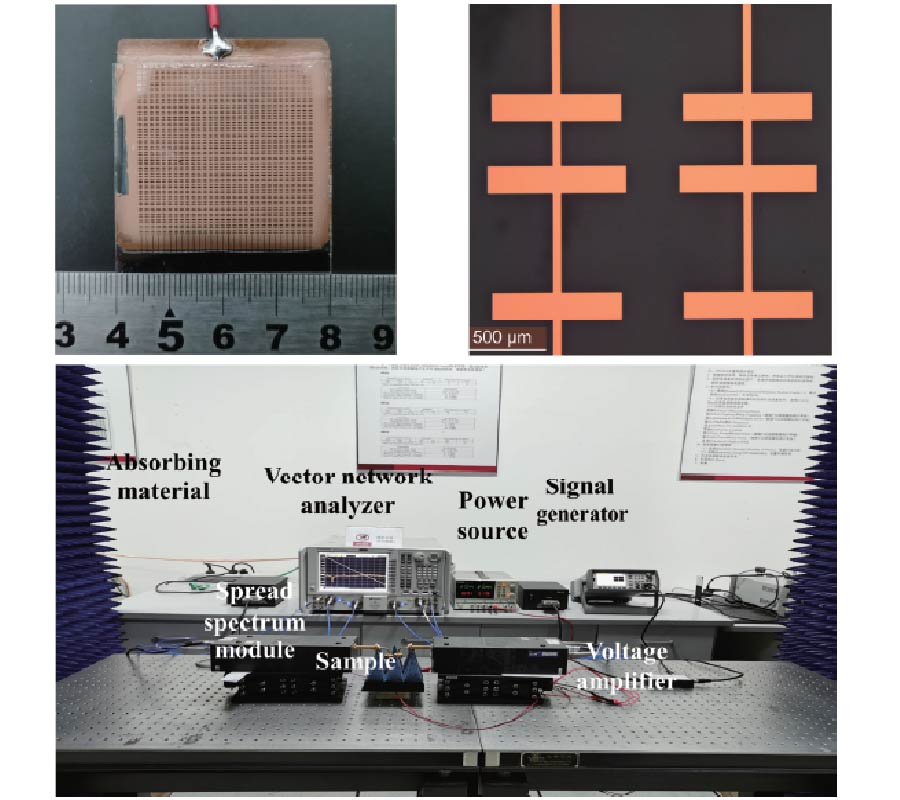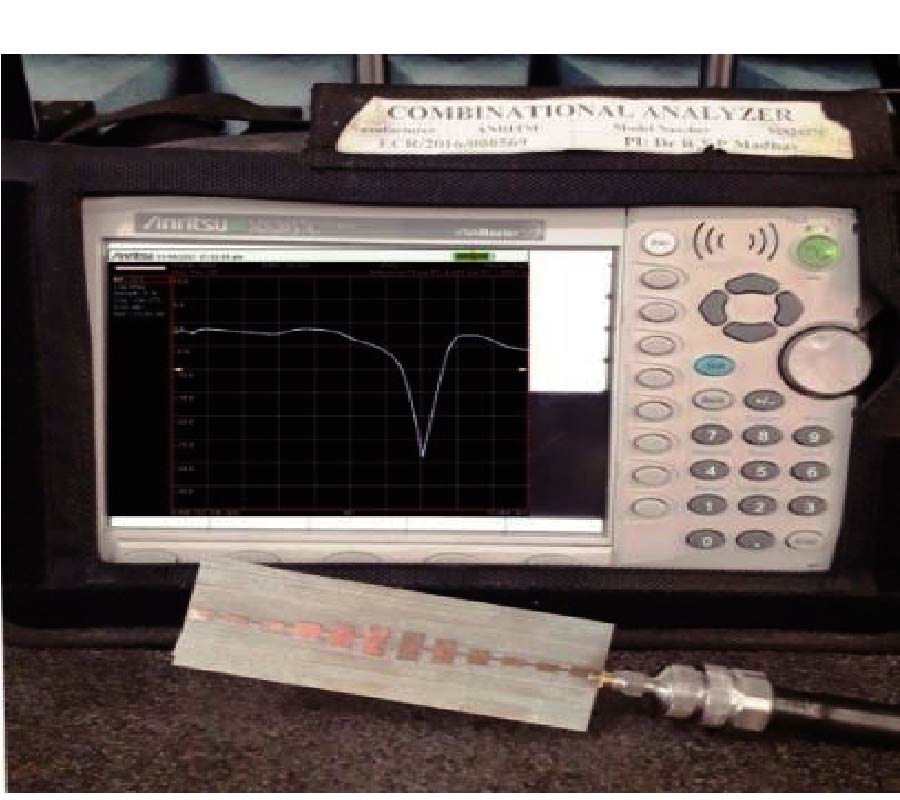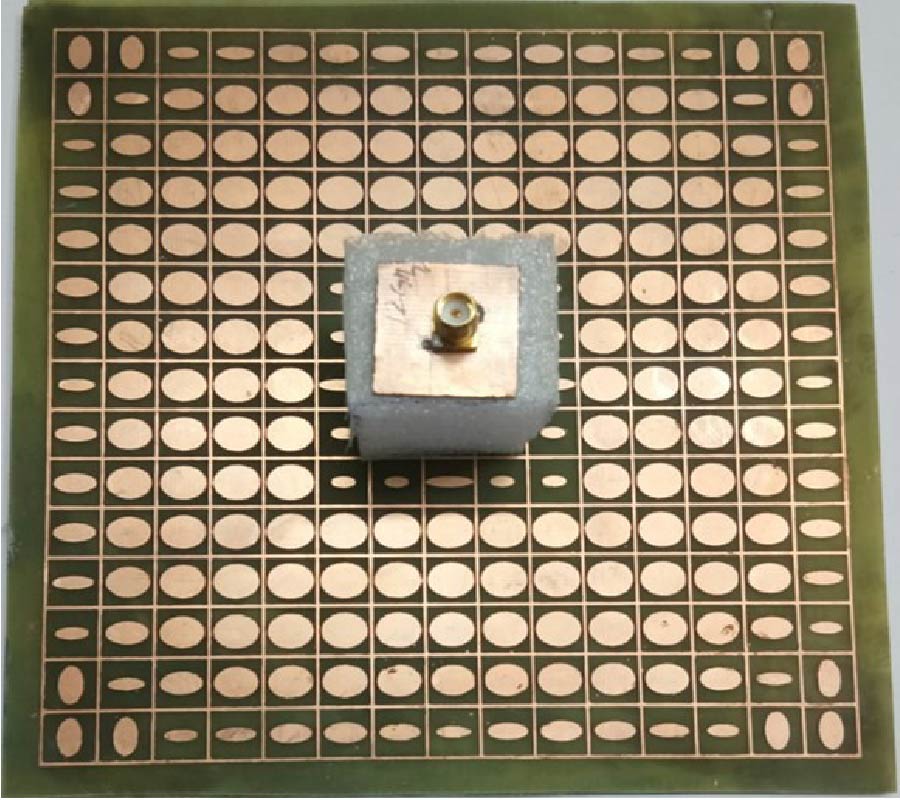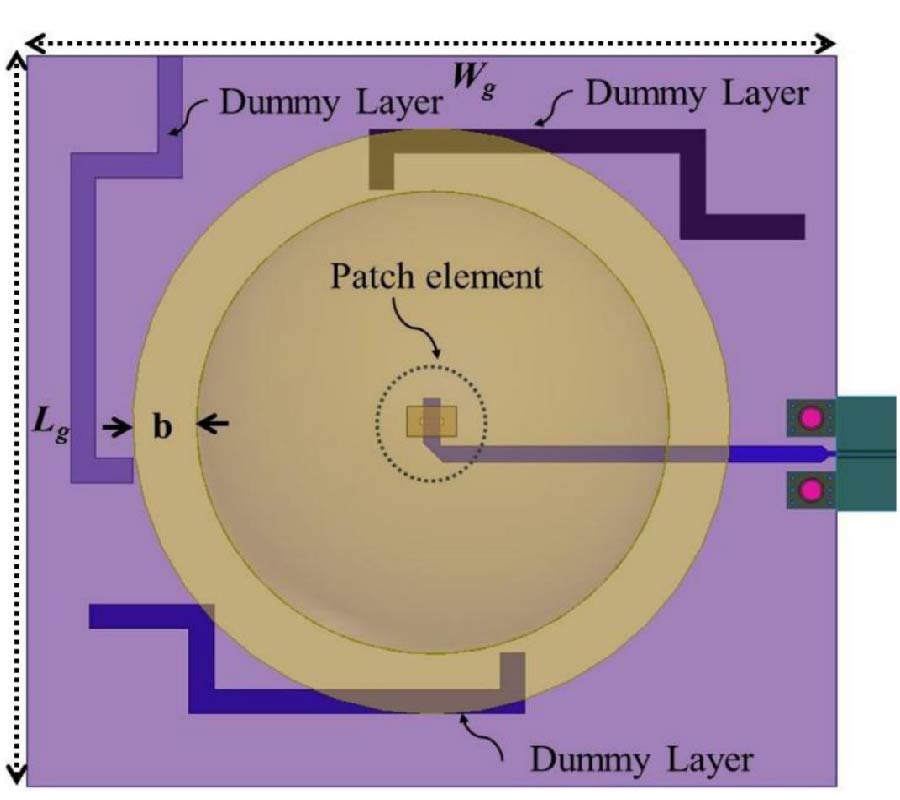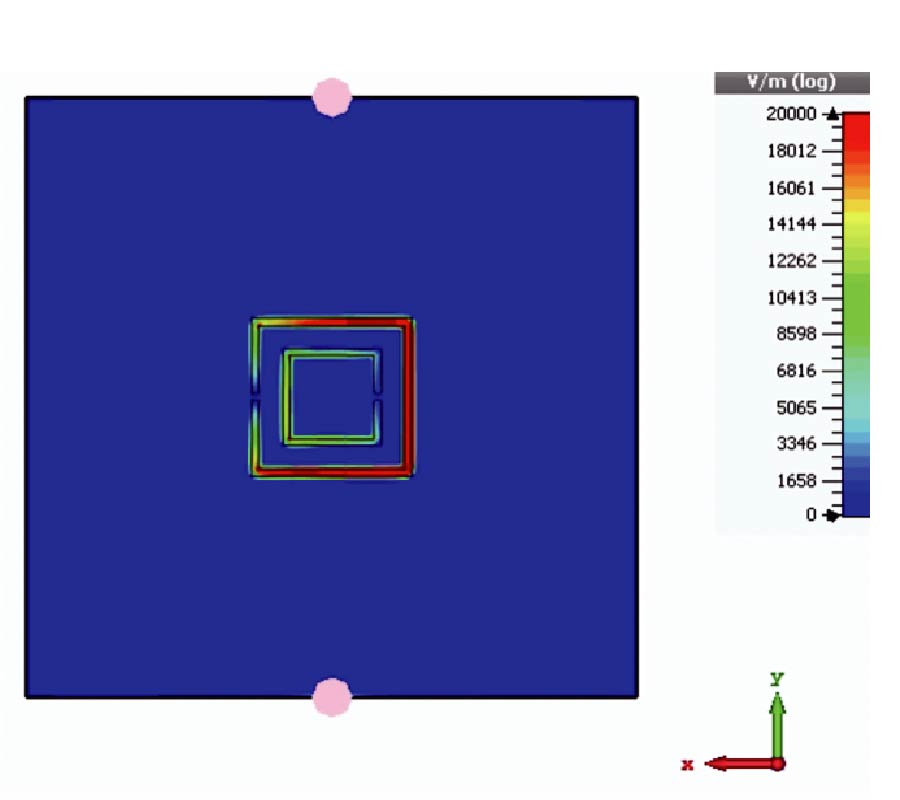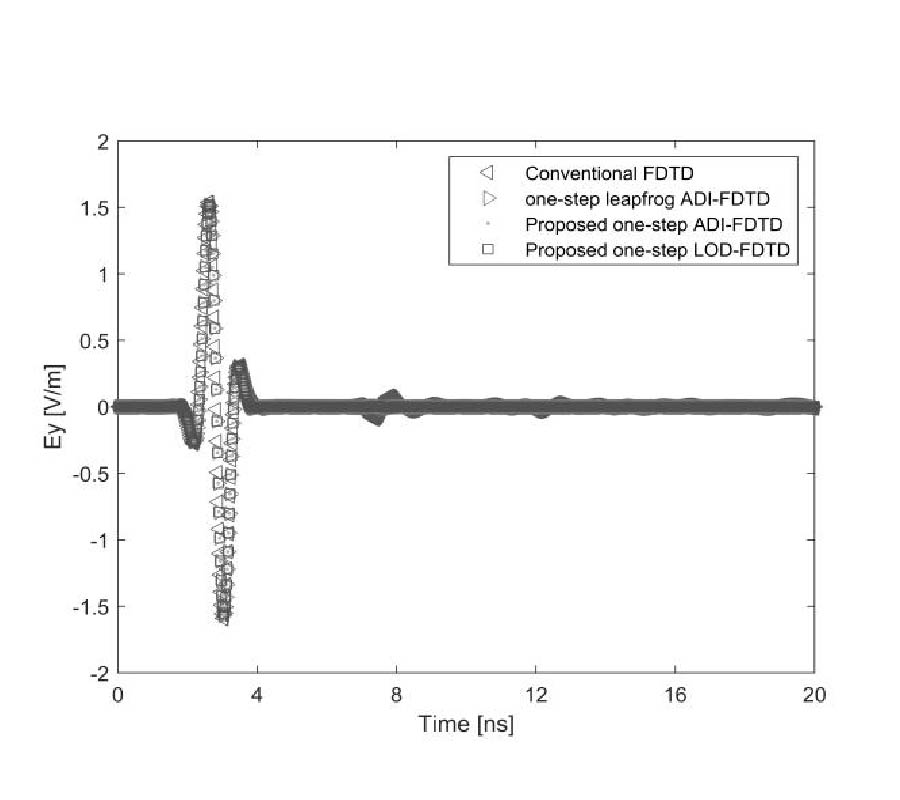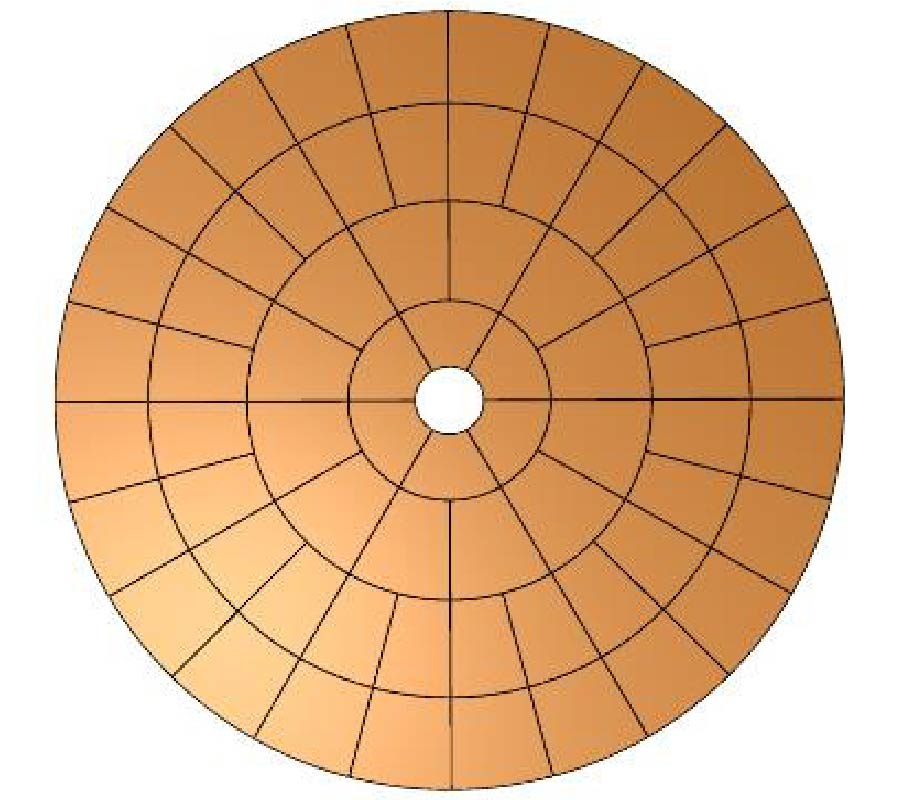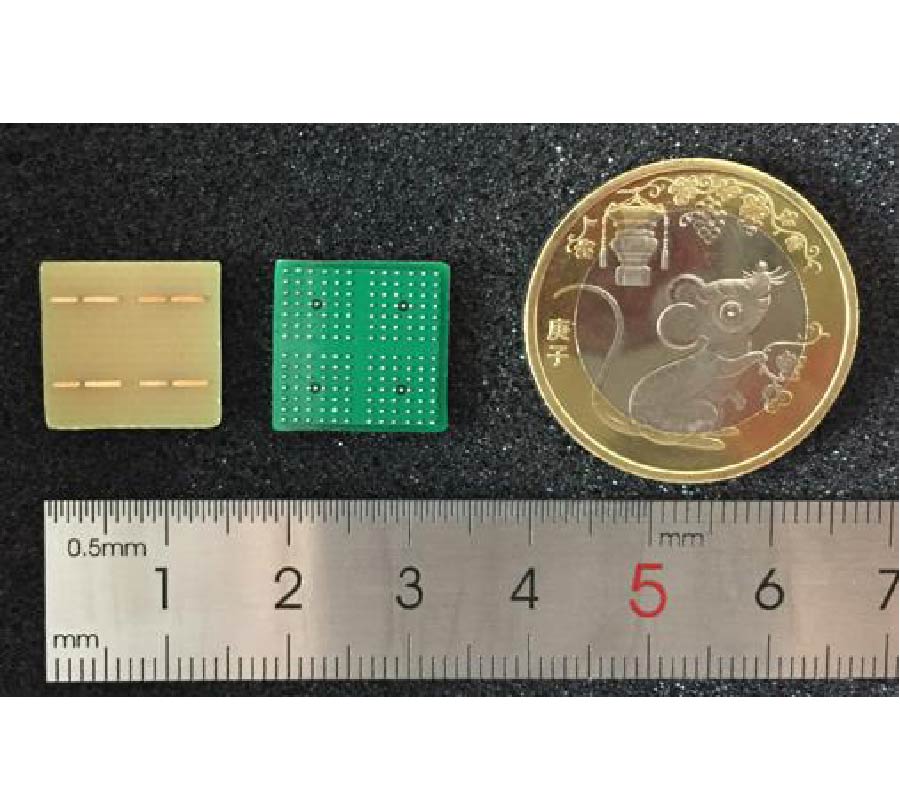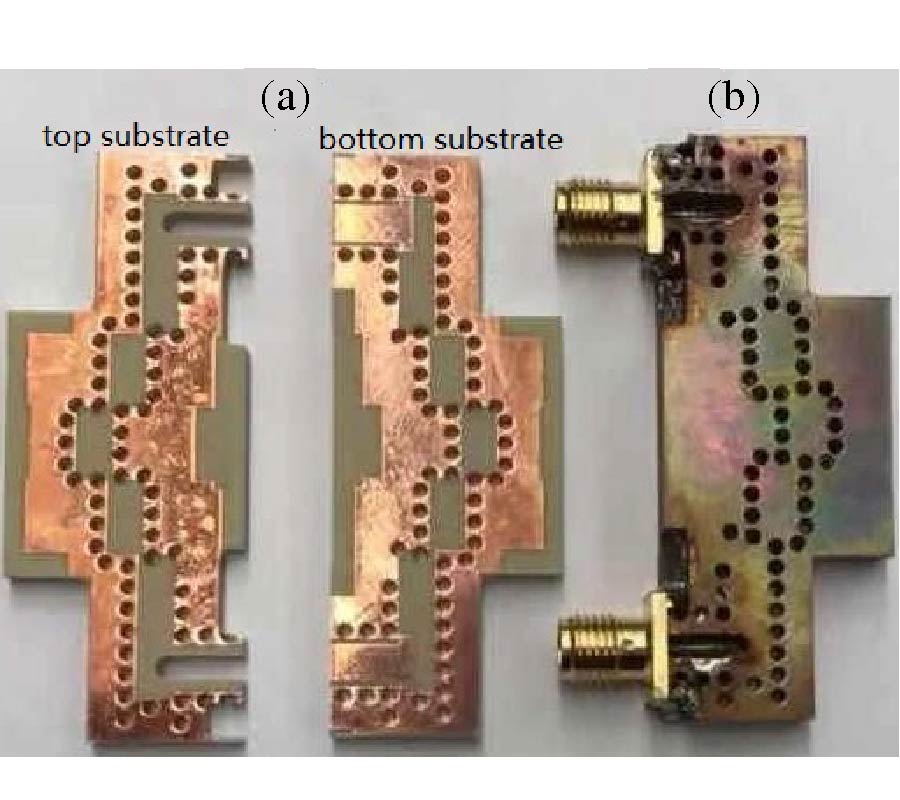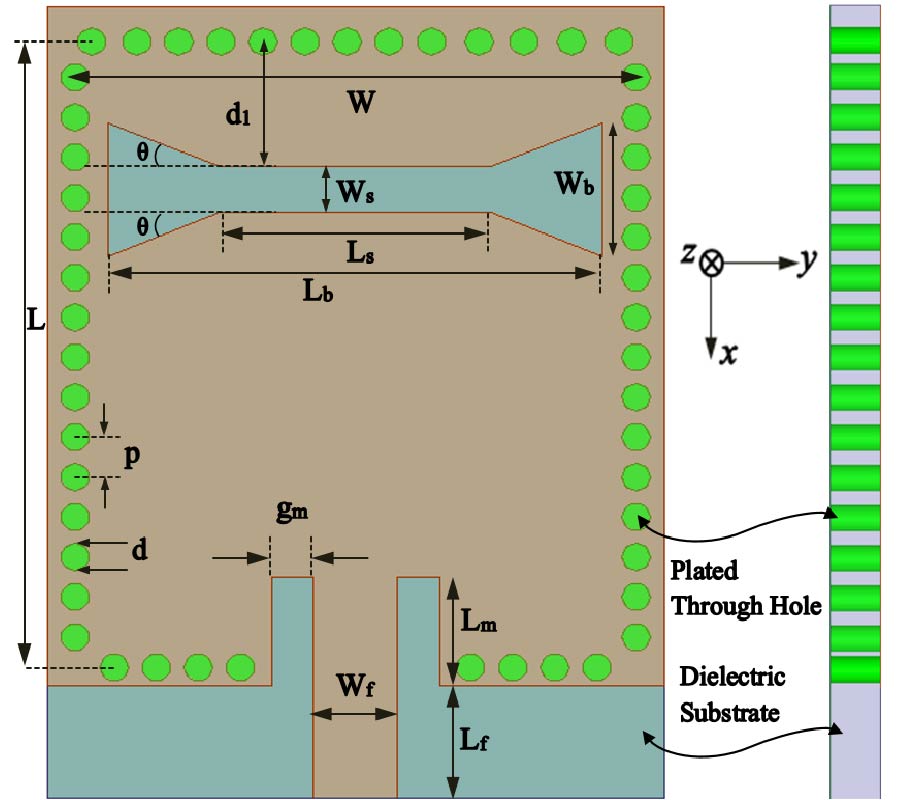Application of High-Frequency Dielectric Logging Technology for Shale Oil Production
Chen Li
,
Shaogui Deng
,
Zhiqiang Li
,
Yiren Fan
,
Jingjing Zhang
and
Jutao Yang
Shale oil and gas are unconventional oil and gas resources that can be used as alternative energy sources in the future. Shale reservoirs are the new growth point for the exploitation of oil and gas and development of China's oil and gas industry. The heterogeneity of the shale stratum determines the complexity of its mining. Accurate identification and detection of its oil-bearing characteristics are principal tasks in the oil shale deposit evaluation and economically exploitable interval division. Dielectric logging cannot rely on traditional resistivity logging curves, and it is not affected by the formation water salinity, which can provide the formation water porosity. Combined with other types of logging, it can effectively evaluate the formation oil saturation. In this study, we applied a new type of high-frequency dielectric logging tool in the production of shale oil, developed by the 22nd Institute of China Electronics Technology Group Corporation, based on different dielectric constants of oil, rock matrix, and water. We first introduced the principle of dielectric logging and the major advantages of the dielectric logging tool, and further proposed a new complex refractive index model with clay correction and explained the processing methods, which improved the accuracy of calculating the formation water saturation. Furthermore, the developed technology was applied and evaluated in the Songliao Basin.

